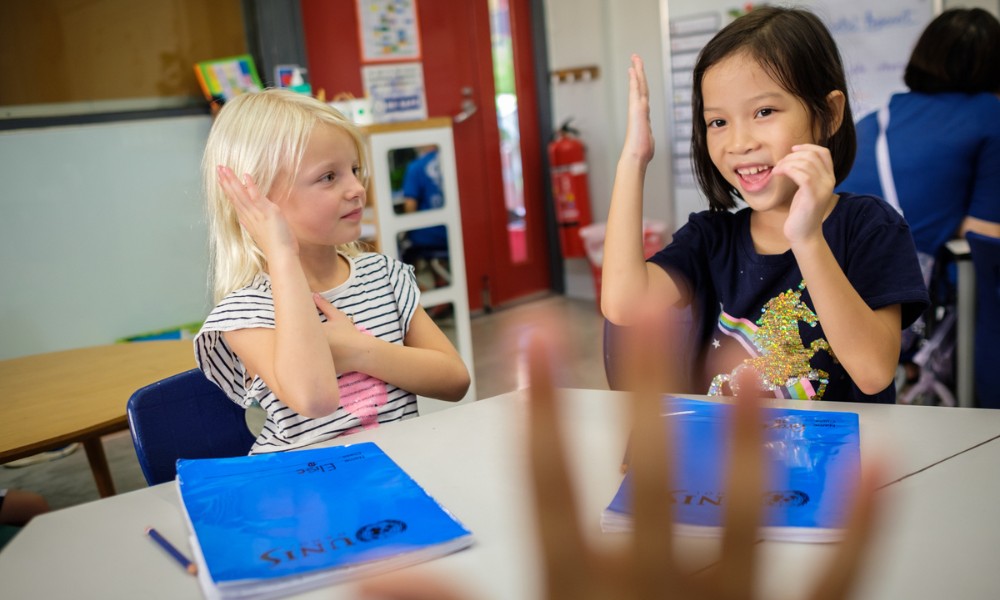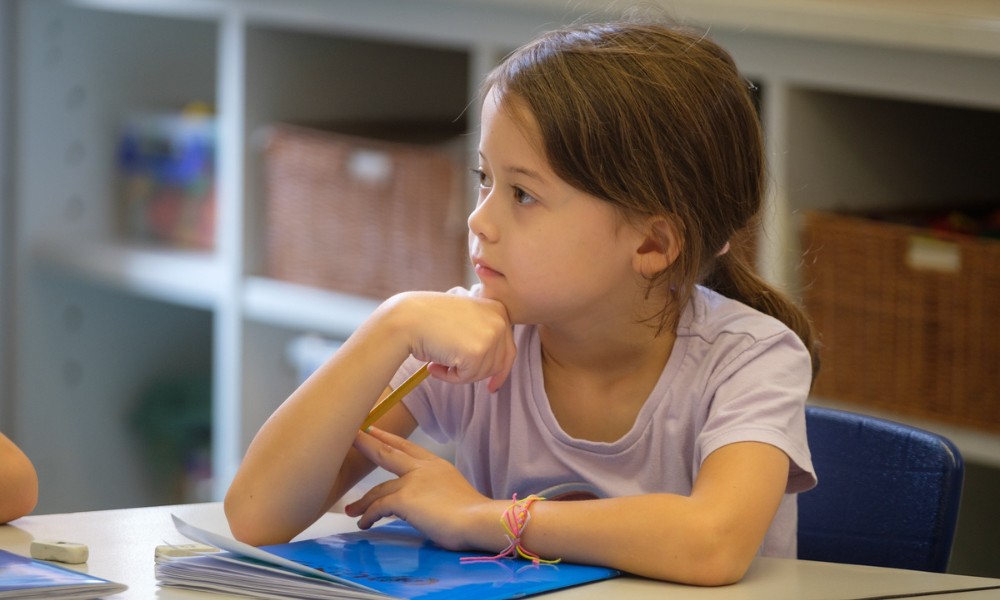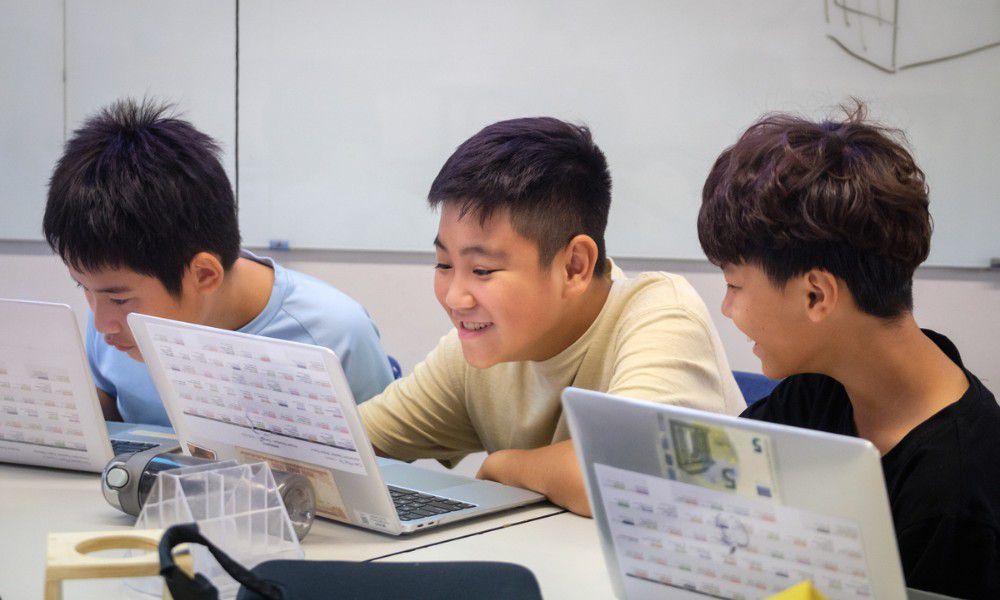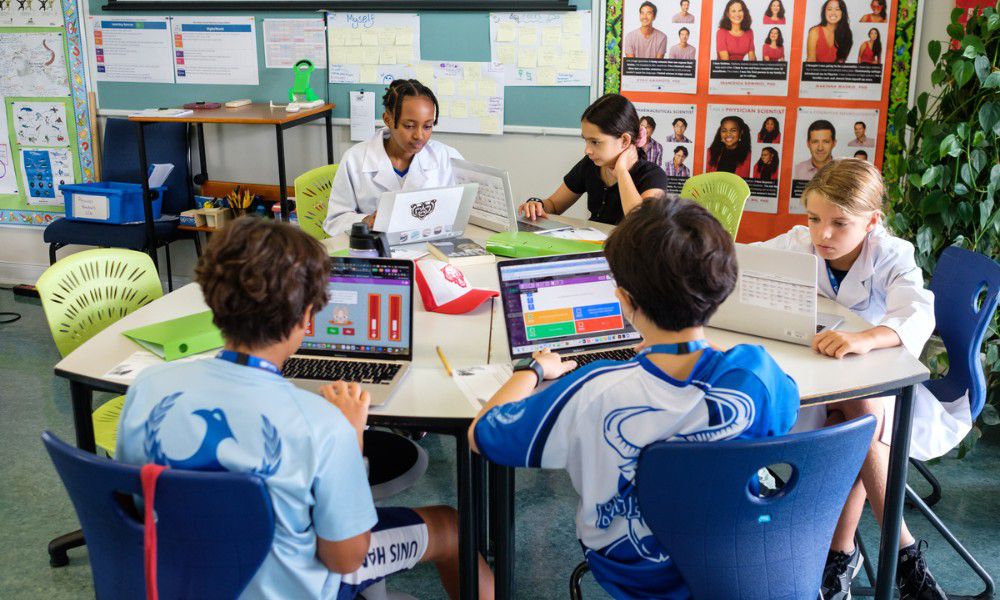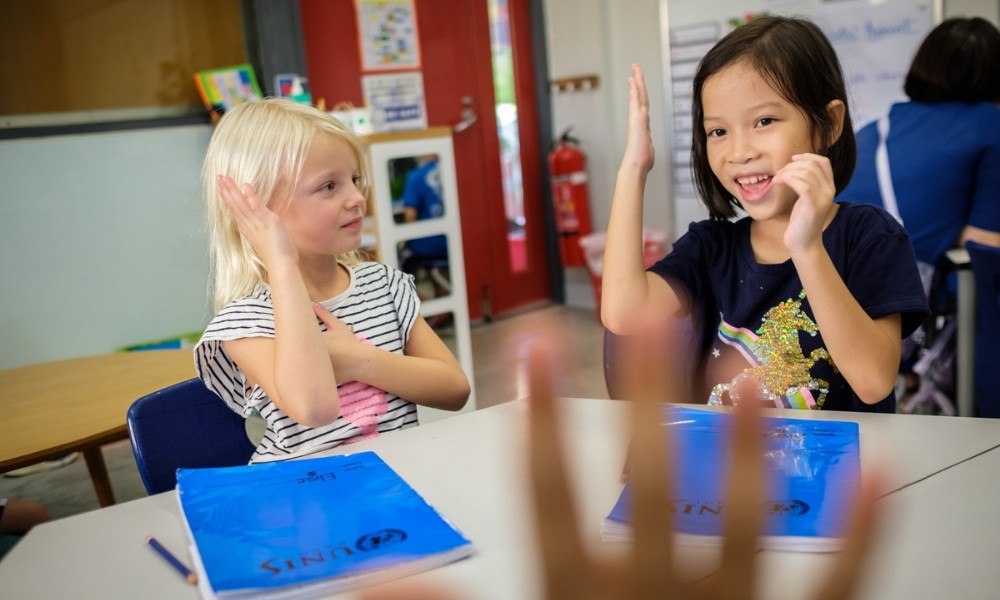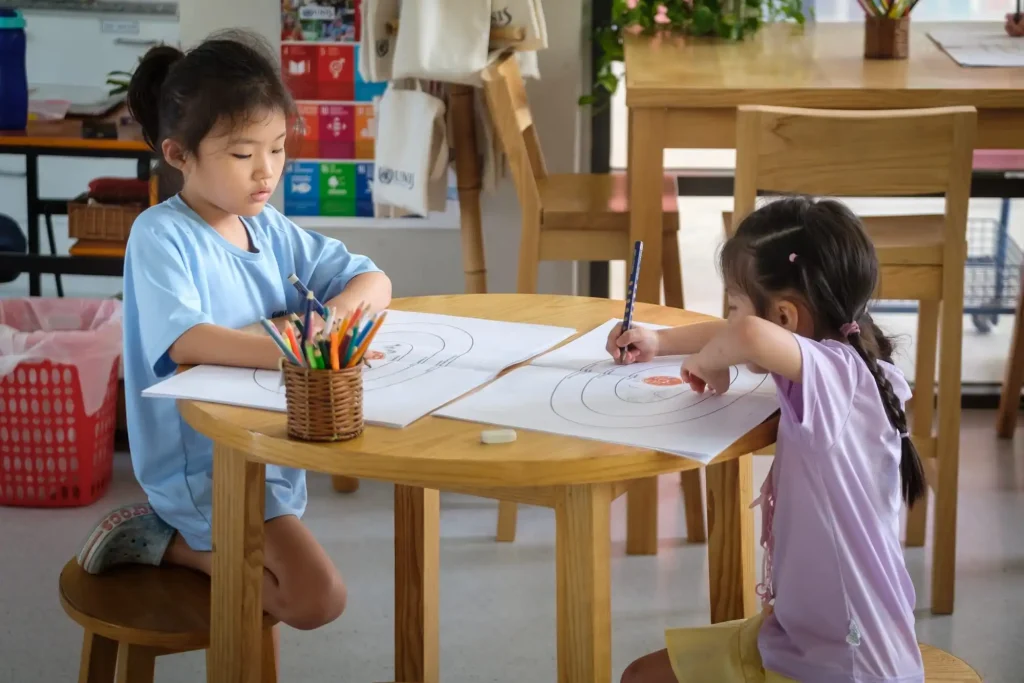What Is Generation Beta? What Are Their Characteristics?
Generation Beta, born roughly between 2025 and 2039, follows the tech-savvy Generation Alpha. While the lines are blurry, Beta’s childhood coincides with advancements in artificial intelligence, virtual reality, and ubiquitous connectivity.
This begs the question: how does this constant immersion in technology shape their unique characteristics and learning styles?
This article delves into Generation Beta characteristics and explores how technology educational preferences. By understanding these factors, educators and parents can create learning environments that effectively engage and prepare Beta for the future. What will Generation Beta be like in terms of learning and development? Let’s start!
What is Generation Beta?
While still in their infancy, the Beta Generation, born between 2025 and 2039, emerges as the first to experience life solely within the 21st century. Advancements will heavily influence their formative years in AI and automation. They might interact with AI-generated simulations of themselves on social media or seamlessly utilise automated responses in online interactions.
With technology deeply embedded in their world, Generation Beta will strongly desire continuous learning and upskilling to remain relevant in a rapidly evolving job market. Only time will tell how these unique experiences will shape their values, perspectives, and societal impact.
Key Characteristics of Generation Beta
Generation Beta demonstrates several characteristics that distinguish it from Millenials and Boomers:
- Global Perspective: Generation Beta probably emphasises its focus on diversity, cross-cultural collaboration, and a global perspective to adapt to the interconnected world.
- Advanced Tech Fluency: Generation Beta has more opportunities to access and be fluent with advanced technologies such as artificial intelligence, virtual reality, and the Internet of Things (IoT).
- Sustainability Focus: As undergoing significant impacts of growing environmental challenges, Generation Beta prioritises more on ethical consumption, sustainability, and climate-conscious decision-making.
- Resilience and Flexibility: This generation is likely to foster better resilience and adaptability than older generations as they are adapting to the massive societal and technological shifts.
- Personalized Learning: Adaptive technologies will personalize students’ education experiences with tailored learning paths, shifting away from the standardized methods prevalent in previous generations.
AI/Technology Impacts on Generation Beta Characteristics
The Beta will mature in a world deeply entwined with AI and technology. This reality will shape Generation Beta characteristics in several ways:
- Blurred Work-Life Lines: AI automation may disrupt traditional career paths, leading to flexible, project-based work. This could result in “always-on” work cultures, demanding adaptation and potentially affecting work-life balance.
- Endless Creativity, Powered by AI: Exposed to AI-generated content, Beta will think creatively, using AI tools for design, storytelling, and problem-solving. Imagine personalised educational tools adapting to individual learning styles or AI-powered tutors crafting engaging experiences.
- Learning Beyond Walls: With 80% of the Beta Generation engaged in online learning, AI will personalise education. Imagine interactive simulations, AI-powered tutors adjusting difficulty, and instant access to information beyond textbooks. However, concerns about distraction and online safety need careful consideration.
- Smartphone Savvy, But Stressful: Intensive smartphone usage will shape Beta’s communication and information consumption. While AI-powered apps can offer convenience and knowledge, anxieties around social media comparisons and information overload might be prevalent.
- Socially Conscious Employees: Witnessing the impact of technology on society may make Generation Beta expect responsible corporate behaviour. They may choose employers dedicated to sustainability, ethical data practices, and positive social impact.
The Role of Tech Education in Shaping Generation Beta
Tech education equips Generation Beta with the essential skills and knowledge needed to thrive in a rapidly evolving digital world.
Programming Will Be Potentially Treated As a Crucial Skill
The landscape of future occupations remains hazy, but the rise of automation and technological integration suggests that “coding literacy” may become crucial for Beta Generation. While not every individual must be a master coder, understanding programming principles could offer significant advantages.

Consider, for instance, the increasing prominence of artificial intelligence (AI) in various fields. Understanding basic programming could empower individuals to interact with AI tools, customise them for specific needs, or even design new AI applications.
Similarly, automation pervades numerous industries, from manufacturing to healthcare. Possessing rudimentary programming skills could enable individuals to adapt to changes, manage automated systems, or even create their automation solutions.
Beyond specific applications, programming fosters valuable transferable skills. It hones problem-solving abilities, analytical thinking, and logical reasoning – cornerstones of success in various domains. Moreover, programming encourages creativity and innovation, allowing individuals to translate ideas into tangible results.
The Computer Science Involve in Shaping Generation Beta
While defining a distinct “Generation Beta” is debatable, the undeniable influence of computer science on current youth cannot be understated. This influence permeates various aspects, profoundly shaping their experiences, perspectives, and skills.
One prominent area is access to information and communication. Search engines, social media platforms, and online learning resources stem from computer science, fundamentally altering how Generation Beta interacts with knowledge and builds connections. This constant online interaction fosters a unique understanding of information flow and collaboration, often exceeding generations prior.
Furthermore, computer science’s role in entertainment and gaming significantly impacts young minds. Immersive virtual worlds, educational apps, and how they consume traditional media are all products of this field. These interactive experiences shape cognitive development, problem-solving skills, and their perception of reality, potentially influencing everything from decision-making to social interactions.
While the full ramifications of this digital immersion are still unfolding, one thing is sure: computer science is not merely shaping the tools Beta Generation uses but also the way they think, learn, and interact with the world around them.
Forecasting the Education Changes in the Generation Beta

Though pinpointing specifics is tricky, key trends hint at the education awaiting Generation Beta.
- Personalised learning takes centre stage, swapping rigid curriculums for AI-powered platforms that adapt to individual needs. Imagine virtual tutors adjusting lessons or VR simulations tailored to student interests.
- Collaboration and communication become even more critical in a job market reshaped by automation. Classrooms foster these skills through active participation, project-based learning, and global connections.
- The lines between formal and informal learning blur. Gamification, microlearning bursts, and readily available online resources supplement traditional instruction. Picture students learning history through immersive games, coding through bite-sized tutorials, or science through citizen science initiatives.
- Finally, the focus shifts from rote memorisation to critical thinking and problem-solving. This information-rich world demands the ability to analyse, evaluate, and creatively solve problems. Imagine classrooms buzzing with debate, questioning, and real-world application of knowledge – students tackling environmental challenges or proposing solutions to local issues.
While the precise details remain unseen, one thing is clear: education for Generation Beta will be a dynamic and evolving journey. By embracing these potential trends, we can ensure our future generation holds the skills and knowledge to thrive in a world undergoing swift transformation.
Introducing STEM to Every Generation Beta Student
Fostering an interest in Science, Technology, Engineering, and Mathematics (STEM) within every student, including those identified as Beta Generation learners, holds immense value for individual and societal progress. Beta students are characterised by their digital fluency and affinity for interactive learning. Leveraging these strengths allows us to introduce STEM in engaging and impactful ways.
One approach involves integrating technology seamlessly into the curriculum. Interactive simulations can bring abstract scientific concepts to life, while coding exercises teach computational thinking and problem-solving skills. Educational apps and games can gamify learning, making it more enjoyable and accessible.
Project-based learning thrives in the Generation Beta classroom. Collaborative challenges that encourage students to design, build, and test solutions to real-world problems, like creating robots or developing apps, tap into their natural curiosity and digital prowess. Mentorship programs connecting students with STEM professionals further ignite their passion and offer valuable guidance.
By acknowledging the unique learning styles of Generation Beta students and incorporating their strengths, we can cultivate a generation of critical thinkers, innovators, and problem-solvers equipped to tackle the challenges of tomorrow. This inclusive approach ensures that every student, regardless of learning style or background, can explore and excel in the exciting world of STEM.
This approach, focused on leveraging technology, engaging projects, and real-world connections, can effectively introduce STEM to all students, including Beta learners, fostering lifelong learning in these crucial fields.
Nurture the Future Generation with UNIS Hanoi
Generation Beta’s inherent digital literacy and collaborative spirit present remarkable opportunities for innovative STEM education.
By recognising these strengths and tailoring approaches and mentorship, UNIS Hanoi can effectively cultivate a generation of young problem-solvers and future leaders within the ever-evolving STEM landscape. This commitment to inclusive and engaging learning empowers Beta students to flourish, shaping their growth and future innovation and progress trajectory.
Visit UNIS Hanoi today to learn more and apply for first-hand experience!
What Is Generation Beta? What Are Their Characteristics? Read More »









